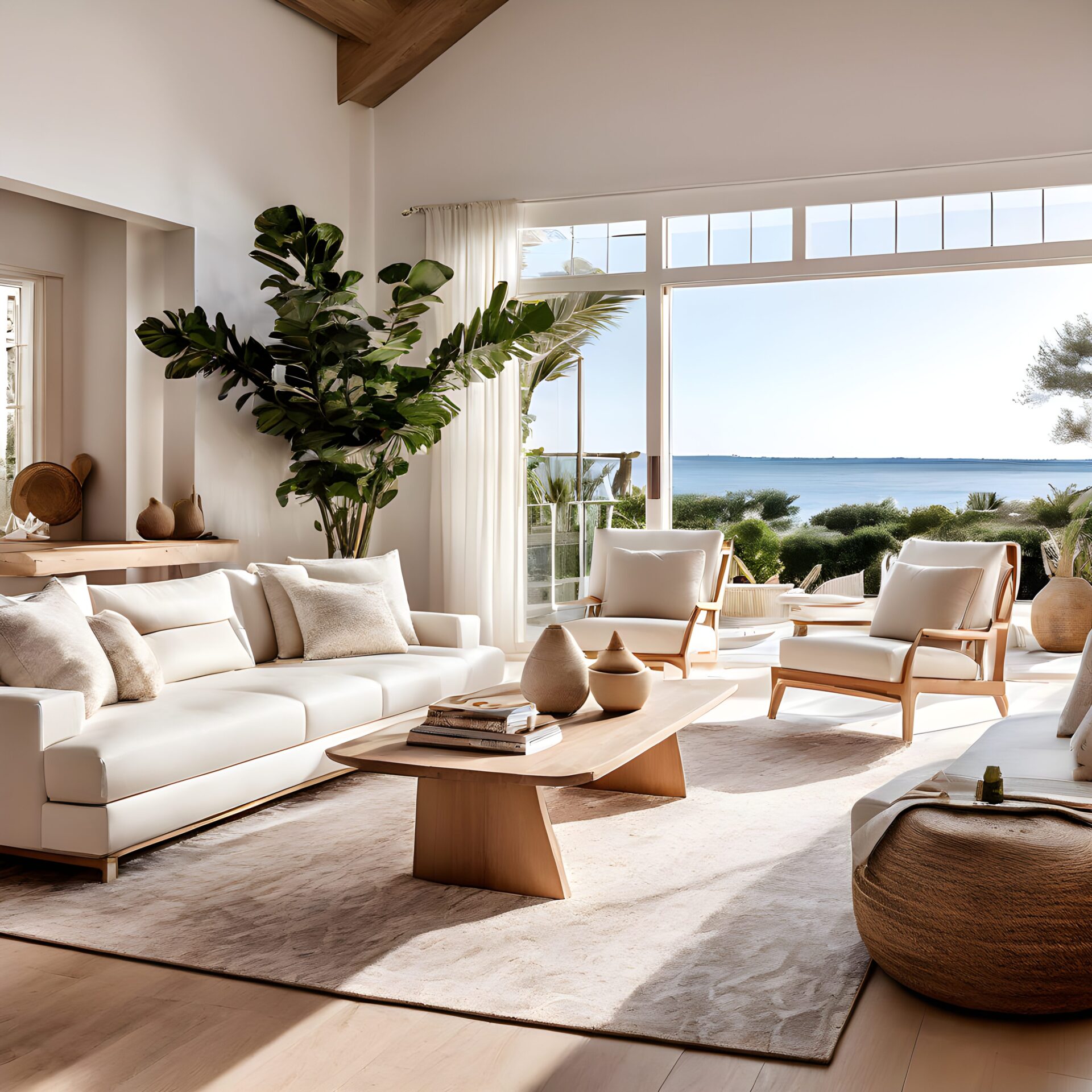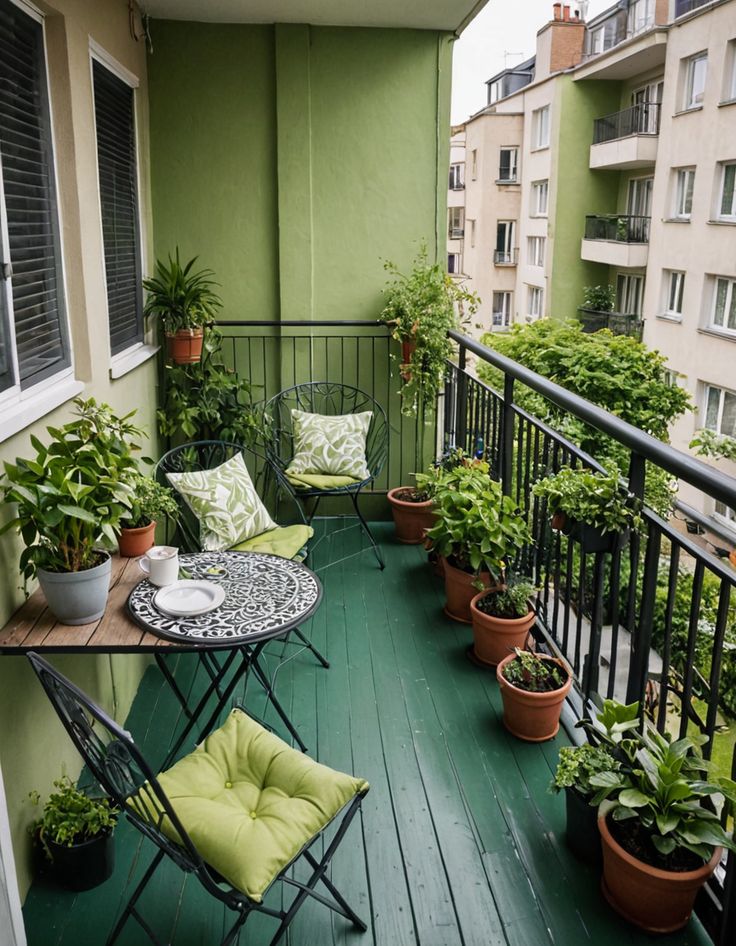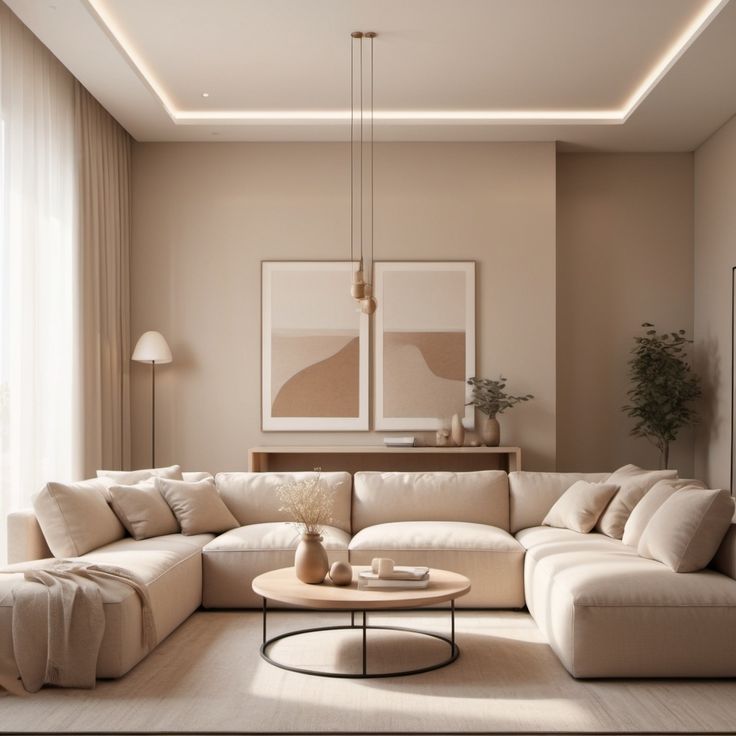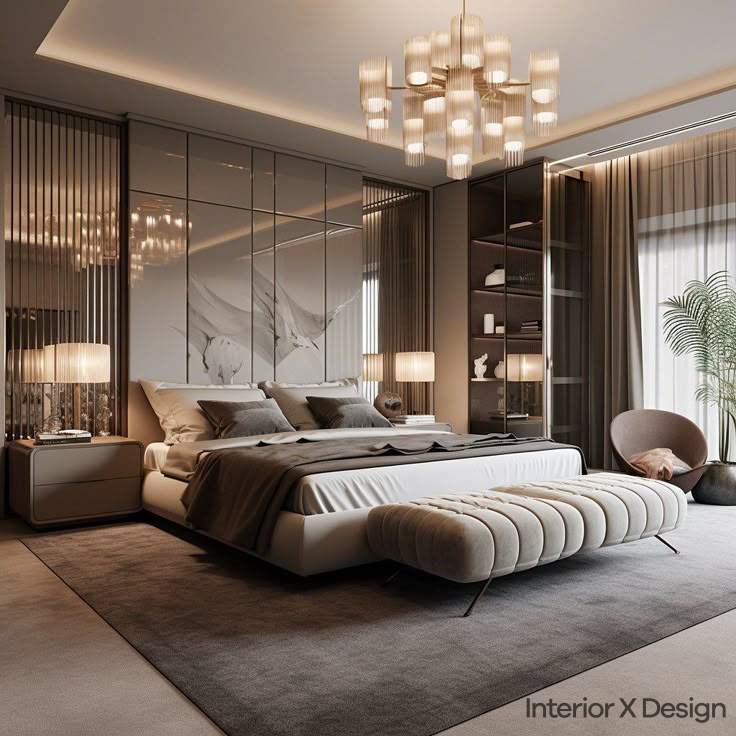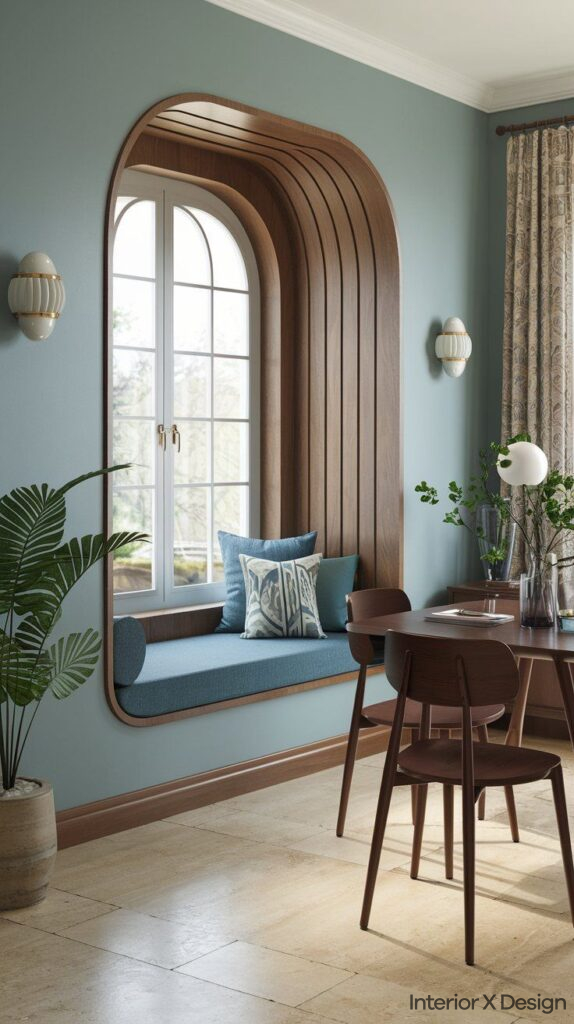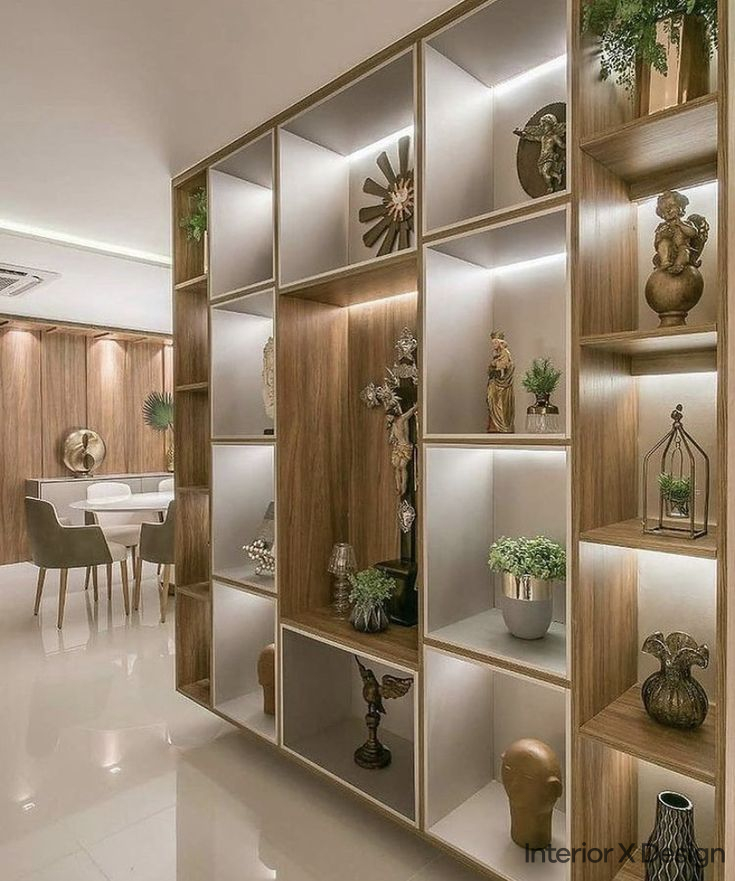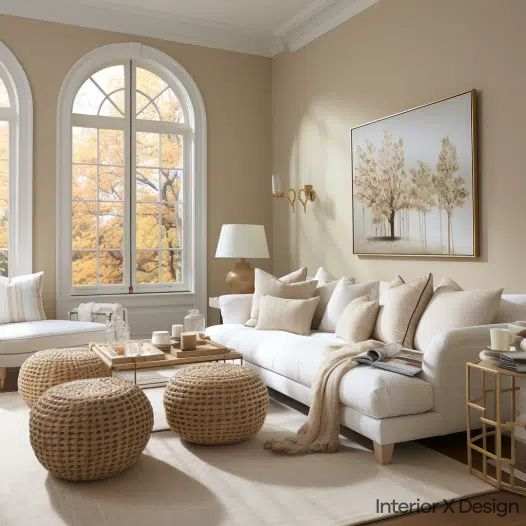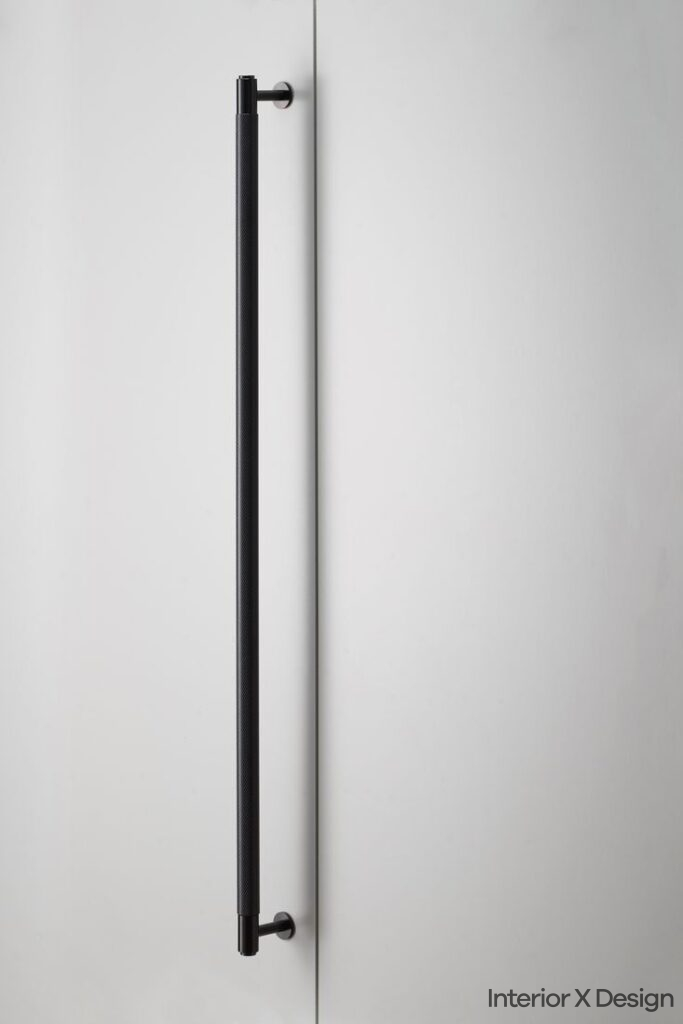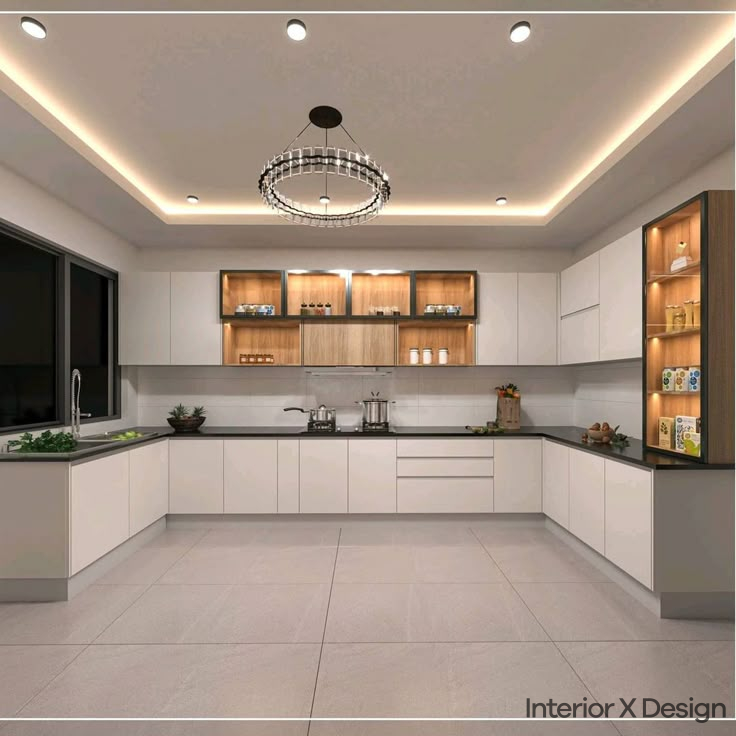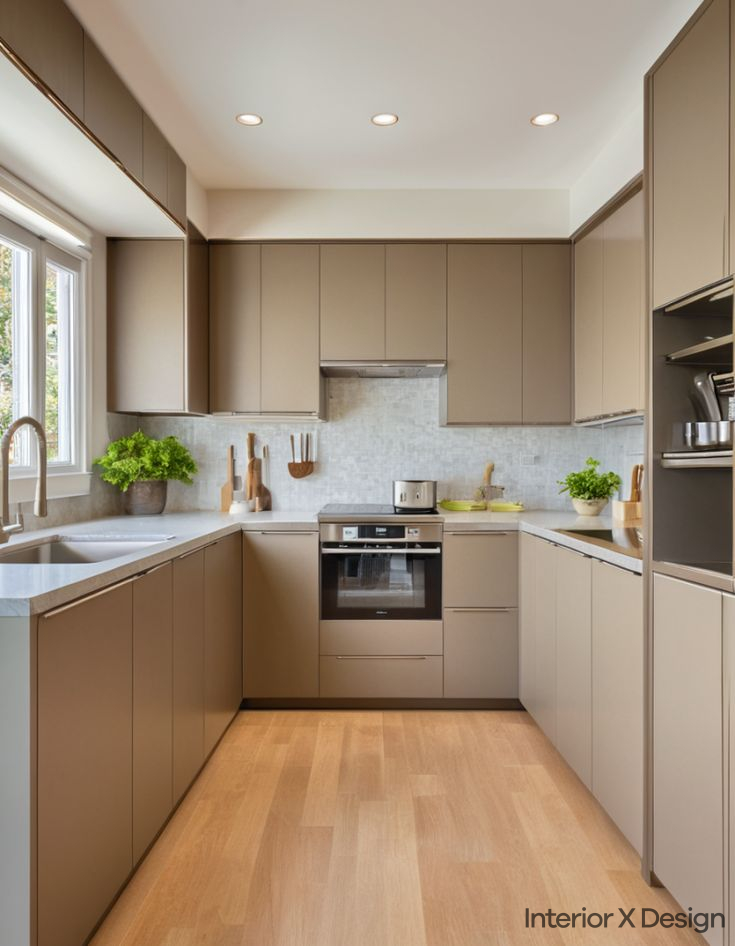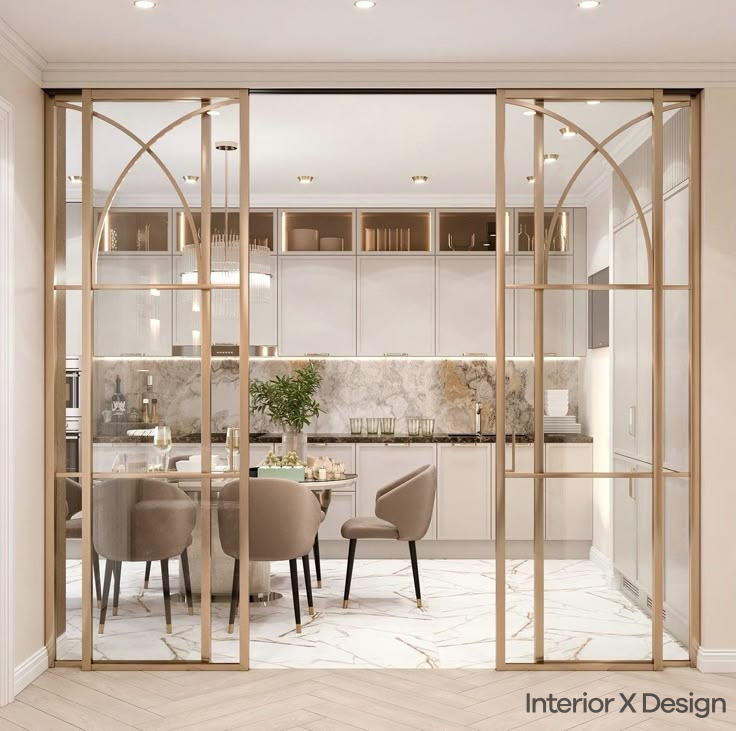Imagine stepping into a home that exudes warmth and simplicity, where rustic charm meets modern functionality. Farmhouse interior design combines the best of traditional country elements with contemporary touches, creating spaces that feel cozy, welcoming, and timeless. From natural materials to vintage accents, this style brings the essence of country living into any home. Let’s explore how to create the perfect farmhouse-inspired interior while incorporating key elements and secondary styles.
What is Farmhouse Interior Design?
Farmhouse interior design is a blend of rustic charm, vintage aesthetics, and modern sensibility. It draws inspiration from the simplicity and functionality of rural farmhouses, incorporating natural materials, muted colors, and cozy textures. This style celebrates imperfections and focuses on creating inviting spaces that prioritize comfort and practicality.
Key Characteristics of Farmhouse Design:
- Natural Materials: Wood, stone, and metal dominate.
- Neutral Color Palettes: Soft whites, beige, and muted greens.
- Vintage and Repurposed Items: Antique furniture, chippy paint, and distressed finishes.
- Functional Decor: Shelving, baskets, and built-ins for storage.
- Cozy Textures: Knitted throws, burlap, and linen fabrics.
- Open Floor Plans: Spaces designed for family gatherings and easy flow.
A Brief History of Farmhouse Style
The roots of farmhouse interior design trace back to rural homes in 18th and 19th-century Europe and America. These homes were built with practicality in mind, using readily available materials like wood and stone. Over time, the style evolved to include decorative elements inspired by Victorian, Craftsman, and Shaker designs. Today, modern farmhouse decor blends rustic elements with contemporary influences, as popularized by designers like Joanna Gaines.
For similar historical design inspirations, check out Traditional Interior Design and Craftsman Interior Design.
Essential Elements of Farmhouse Interior Design
1. Natural Materials
Use wood, stone, and metal to bring a rustic yet polished look. Exposed beams, hardwood floors, and shiplap walls are quintessential features.
2. Neutral and Muted Colors
Stick to whites, creams, and soft grays for walls and large furniture. Add subtle pops of color through accessories like pillows or rugs.
3. Vintage Furniture
Incorporate antique or repurposed items. A reclaimed wood dining table, vintage cabinets, and distressed chairs add authenticity.
4. Functional Decor
Focus on decor that serves a purpose. Think galvanized steel buckets, woven baskets, and open shelving.
5. Textured Fabrics
Layer spaces with cozy textiles such as burlap table runners, linen curtains, and chunky knit blankets.
6. Lighting with Character
Farmhouse lighting often features industrial or vintage fixtures, like metal pendants or wrought iron chandeliers.
Designing Farmhouse Spaces Room by Room
Living Room
- Opt for a large, comfortable sofa with neutral upholstery.
- Add a wooden coffee table and layered rugs for texture.
- Decorate with vintage-inspired accessories, like lanterns or framed botanical prints.
- Include built-ins or open shelves for displaying books and meaningful decor items.
Kitchen
- Use a farmhouse sink as a focal point.
- Incorporate open shelving to showcase rustic dishware.
- Add a large wooden dining table with mismatched chairs.
- Include pendant lighting above the island for an industrial touch.
Bedroom
- Choose a wrought iron or wooden bed frame.
- Use quilts, layered bedding, and throw pillows in soft hues.
- Add bedside tables with distressed finishes.
- Hang simple curtains to let in natural light.
Bathroom
- Install a clawfoot tub or apron-front sink.
- Use shiplap walls for a farmhouse look.
- Decorate with wicker baskets for storage and mason jars for toiletries.
- Include vintage mirrors or sconces.
Tips for Achieving the Perfect Farmhouse Look
- Embrace Imperfection: Allow distressed finishes and natural wear to add character.
- Layer Textures: Combine soft textiles with rustic wood and industrial metal.
- Mix Old and New: Pair antique finds with modern pieces for a balanced aesthetic.
- Focus on Functionality: Choose decor items that are both practical and beautiful.
- Bring Nature Indoors: Use greenery, dried flowers, or seasonal arrangements.
- Incorporate Statement Walls: Shiplap or reclaimed wood panels can add a focal point. Learn more about statement walls here.
Blending Farmhouse with Other Styles
Farmhouse interior design can pair seamlessly with other aesthetics:
- Modern Farmhouse: Sleek lines and minimalist decor combined with rustic elements.
- Industrial Farmhouse: Exposed brick, metal accents, and neutral tones.
- French Country: Elegant details like ornate furniture and soft pastels. Explore this style here.
- Rustic Farmhouse: Emphasis on raw, natural materials and earth tones. Learn about rustic design here.
- Bohemian Farmhouse: Layered textiles and eclectic decor for a free-spirited vibe. Dive into boho design here.
Sustainability in Farmhouse Design
Farmhouse style often aligns with sustainable living practices. Reclaimed wood, vintage furniture, and repurposed materials reduce waste while adding character to your home. Use energy-efficient lighting and incorporate plants to improve indoor air quality.
Final Thoughts
Farmhouse interior design creates spaces that are warm, inviting, and functional. By embracing natural materials, neutral tones, and vintage decor, you can bring the charm of country living into any home. Whether you prefer the simplicity of rustic farmhouse or the elegance of French country, this timeless style offers endless possibilities to craft a cozy and welcoming atmosphere.
For more inspiration, visit Interior X Design and explore styles like Minimalist Design and Hollywood Regency.

